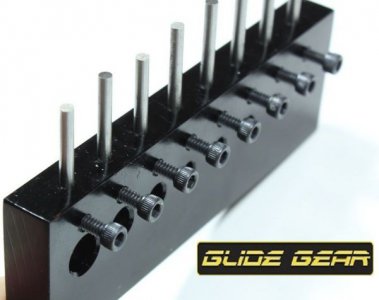U
umahunter
Forum Guest
Register Today
Wondering if any has ever made a stripper to strip scrap copper wire. I do a bit of electrical work and save all the wire I replace. I was thinking of a stripper with maybe a bar with different sized holes you clamp in the vise with maybe a bracket that holds a razor blade over the hole to split the casing then I got to thinking maybe someone else has done one I'm open to any pics tips or suggestions 



